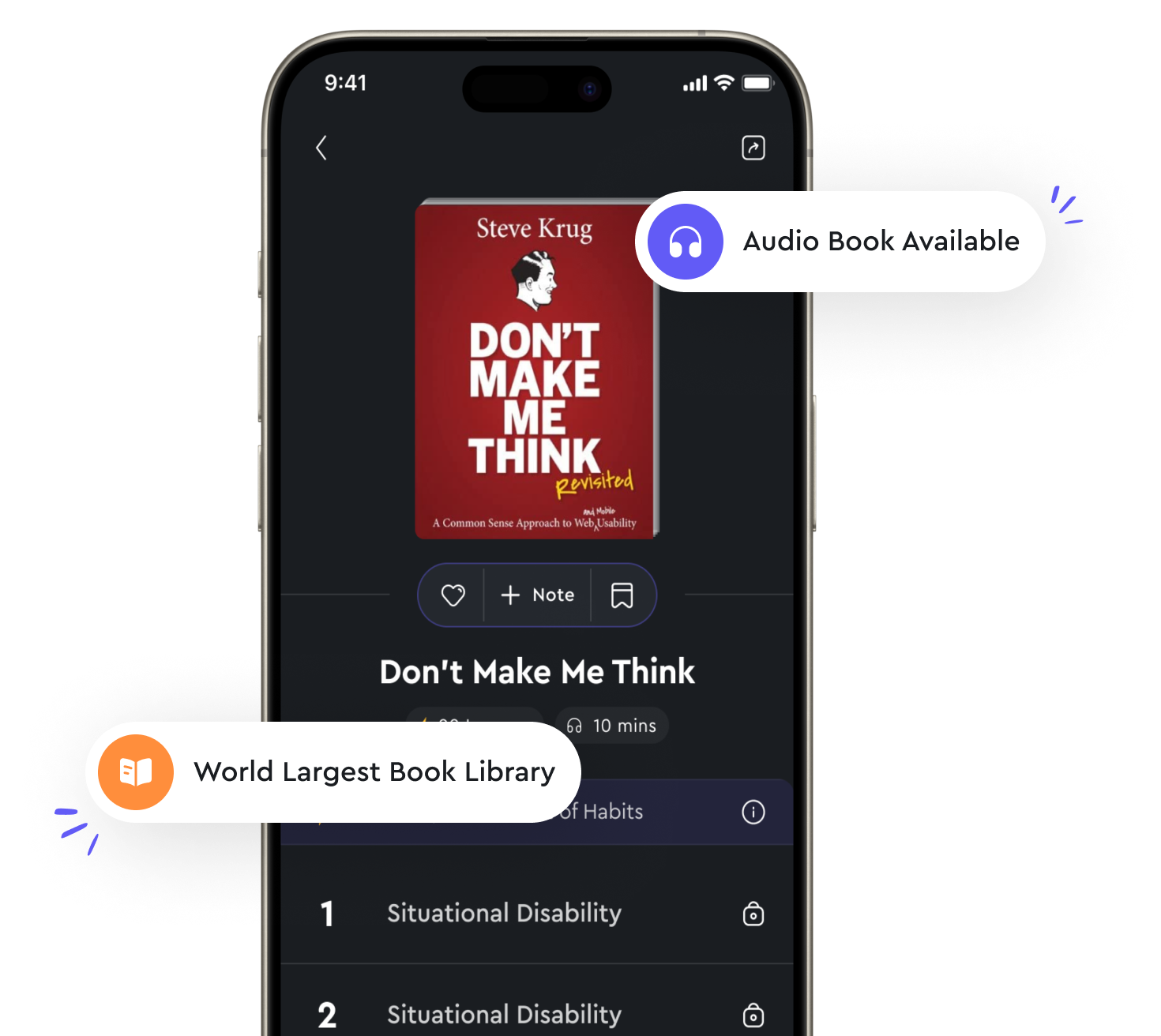Responsive design caters to various devices from "summary" of Web Accessibility by Yeliz Yesilada,Simon Harper
Responsive design is an approach to web development that aims to provide an optimal viewing experience across a wide range of devices, from desktop computers to mobile phones. This means that a website designed responsively will adapt its layout and content based on the screen size and orientation of the device being used to access it. By using a combination of flexible grids, images, and media queries, responsive design can ensure that a website looks and functions correctly on any device. One of the key benefits of responsive design is that it allows web developers to create a single website that can cater to the needs of users on different devices. This eliminates the need to create separate versions of a website for desktop and mobile users, saving time and resources. Responsive design also helps to future-proof a website, as it can easily adapt to new devices with different screen sizes and resolutions. In addition to providing a consistent user experience across devices, responsive design can also improve a website's accessibility. By ensuring that content is displayed in a readable and user-friendly way on all devices, responsive design can help users with disabilities access and navigate a website more easily. This can lead to increased engagement and satisfaction among all users, regardless of their device or abilities.- Responsive design is a powerful tool for creating websites that are versatile, user-friendly, and accessible. By catering to the needs of users on various devices, responsive design can help to ensure that a website is able to reach a wider audience and provide a positive user experience for all.
Similar Posts
Prototyping helps test ideas quickly and cheaply
Prototyping is a crucial aspect of the design process, allowing designers to bring their ideas to life in a tangible form. By c...
Service blueprints illustrate the behindthe-scenes processes
Service blueprints provide a detailed view of the inner workings of a service, shedding light on the behind-the-scenes processe...
Time plays a critical role in user experience
Time is a critical factor in user experience. People are impatient and easily frustrated. They hate to wait, and they hate to w...
Understanding the impact of hierarchy in design
Hierarchy in design refers to the way in which elements are organized within a composition to establish a clear visual order. B...
Focus management is critical for users
In the digital realm, focus management plays a crucial role in ensuring a seamless user experience for individuals with disabil...
Data visualization aids in understanding complex information
Data visualization plays a key role in making complex information more understandable. By representing data graphically, we can...

